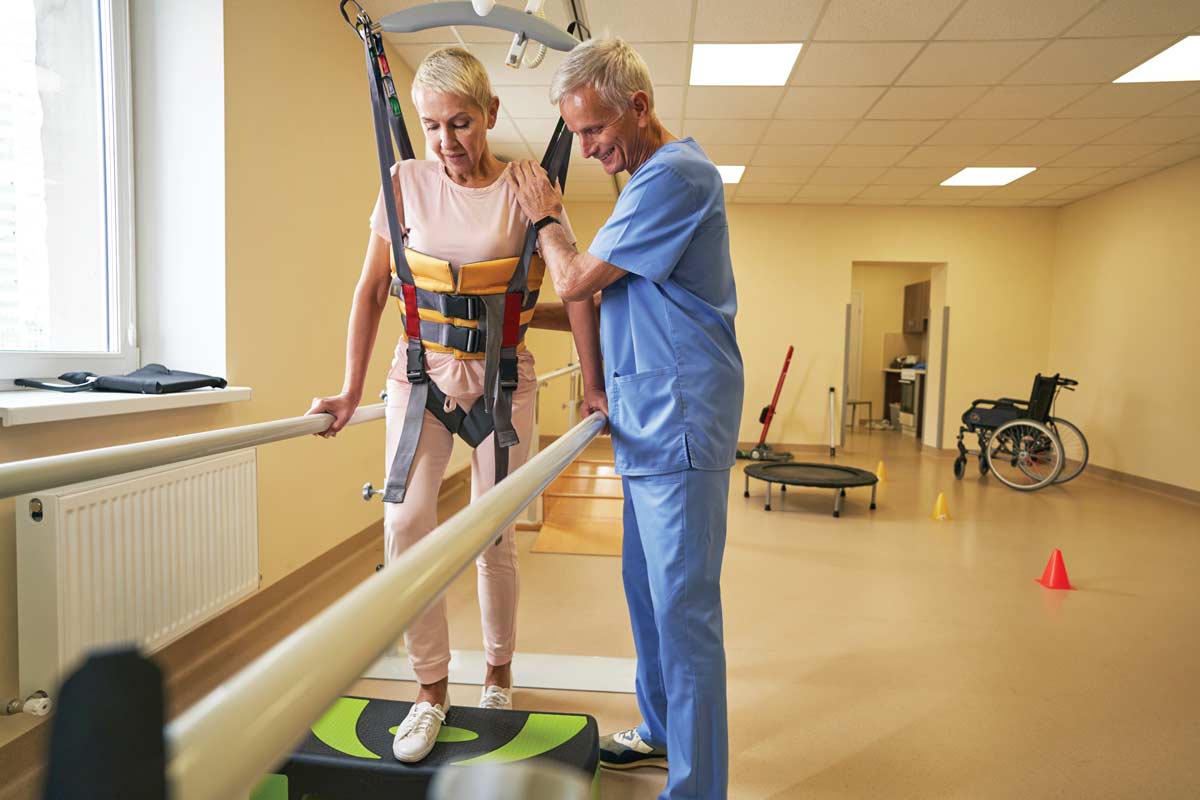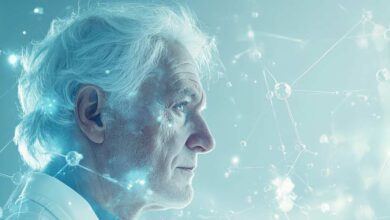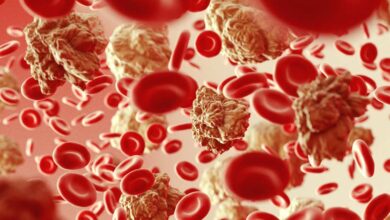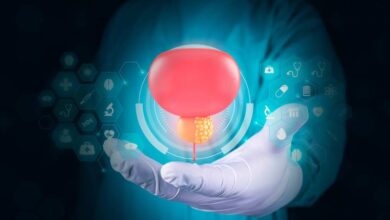Effective Management Strategies for Post-Stroke Hemiplegia

Recovery from the effects of a stroke is a long journey that requires persistence. With the right strategies, however, patients can make significant gains in strength, mobility, and independence at any stage of recovery. Although hemiplegia (paralysis on one side of the body) is one of the most common and challenging outcomes of stroke, substantial recovery is possible through effective management and rehabilitation. This is best achieved through a multidisciplinary plan that integrates personalized physical therapy, specialized interventions such as Constraint-Induced Movement Therapy (CIMT) and Functional Electrical Stimulation (FES), spasticity management, and even mental practice techniques where patients imagine movements to stimulate brain activity. Strong social and emotional support also plays a pivotal role in this recovery journey.
Early Intervention
Immediately after a stroke, the focus is on stabilizing the patient and minimizing further brain damage. This may involve emergency intravenous medications, or in certain cases, endovascular procedures using catheters to deliver drugs directly to the clot or to physically remove it. Managing complications is also critical and may include lowering intracranial pressure, controlling blood pressure, preventing seizures, or managing acute episodes. Surgical intervention may be required in some forms of stroke, such as hemorrhagic stroke caused by aneurysm rupture, to stop bleeding or repair blood vessels.
Beginning rehabilitation as early as possible, ideally within 24 hours, greatly improves outcomes, taking advantage of the brain’s window of neuroplasticity. Early physical, occupational, and speech therapy help maximize functional recovery. Monitoring for muscle tone changes and signs of spasticity (often emerging weeks or months after a stroke) is also essential, as early stretching and treatment can prevent contractures. A multidisciplinary rehabilitation team provides comprehensive care, combining expertise across specialties to support the patient’s journey toward recovery and independence.
The Multidisciplinary Rehabilitation Team
Physical Therapists (PTs)
Physical therapists focus on restoring and improving gross motor skills such as strength, balance, and mobility. They conduct detailed assessments and design tailored treatment plans, which may include:
- Motor skills training: Exercises to enhance muscle strength and coordination, enabling patients to perform daily activities like walking, standing, and balancing.
- Mobility training: Teaching safe use of assistive devices such as walkers, canes, or wheelchairs to enhance independence.
- Constraint-Induced Movement Therapy (CIMT): Restricting the unaffected limb to encourage use of the weaker limb, retraining the brain and improving function.
- Range-of-Motion therapy: Stretching and mobilization to reduce spasticity and maintain joint flexibility, preventing permanent contractures.
- Gait training: Relearning safe walking patterns, sometimes with robotic assistance to replicate proper movement.
- Functional Electrical Stimulation (FES): Stimulates weak muscles to strengthen and restore control.
- Robotic-assisted rehabilitation: Devices that enable precise, repetitive limb movements to enhance neuromuscular recovery.
- Virtual Reality (VR) therapy: Simulated environments that provide engaging, safe settings for motor training and cognitive stimulation.
- Balance training: Exercises to strengthen core and leg muscles, improve coordination, and reduce fall risk.
Occupational Therapists (OTs)
Occupational therapists help patients regain independence in daily life and refine fine motor skills. Their interventions include:
- Activities of Daily Living (ADL) retraining: Practicing essential tasks such as dressing, bathing, cooking, and eating.
- Fine motor skill exercises: Targeted activities (e.g., buttoning shirts, stacking blocks, writing) to enhance hand and finger dexterity.
- Adaptive equipment: Training patients in using supportive tools.
- Environmental modifications: Advising on home adaptations, such as installing grab bars in bathrooms or raised toilet seats, to promote independence and safety.
- Cognitive rehabilitation: Addressing challenges in memory, attention, problem-solving, and decision-making that often follow a stroke.
Speech and Language Pathologists (SLPs)
Speech and language pathologists address communication and swallowing difficulties resulting from stroke. Their work includes:
- Assessment and diagnosis: Identifying the type and severity of language or speech impairments, such as receptive aphasia (difficulty understanding language), expressive aphasia (difficulty producing speech), dysarthria (speech muscle weakness), or voice disorders.
- Language and speech therapy: Exercises to improve clarity of speech, comprehension, reading, and writing.
- Articulation exercises: Strengthening oral muscles for clearer speech.
- Language drills: Restoring word-finding, sentence building, and comprehension skills.
- Augmentative and Alternative Communication (AAC): Teaching use of communication tools as needed.
- Swallowing disorder management (Dysphagia): Safe swallowing assessments.
- Teaching compensatory strategies, such as postural adjustments during eating or altering food texture (e.g., pureed foods, thickened liquids).
- Strengthening swallowing muscles with targeted exercises.
- Education and support: Guiding patients and families on managing communication and swallowing issues, reducing frustration, and enhancing quality of life.
Physicians and Rehabilitation Nurses
Specialized physicians and nurses are central members of the rehabilitation team, complementing therapy-based care:
- Neurologists: Diagnose and treat the underlying stroke, identify its cause, and manage acute and long-term complications.
- Physiatrists (rehabilitation medicine specialists): Evaluate functional abilities, coordinate rehabilitation plans, and prescribe therapies or assistive devices.
- Primary care physicians: Provide long-term medical oversight, manage risk factors such as hypertension, diabetes, and high cholesterol, and support lifestyle changes to prevent recurrence.
Rehabilitation nurses help patients integrate newly learned skills into daily routines and ensure continuity of care. Their responsibilities include:
- Reinforcing therapy skills: Supporting practice of walking, dressing, or eating outside of therapy sessions.
- Managing complications: Monitoring bladder and bowel function, providing education on self-care and hygiene, and guiding patients through continence programs.
- Patient and family education: Training caregivers on safe home care practices, recognizing warning signs, and using adaptive equipment.
- Pain and skin management: Controlling discomfort, preventing bedsores, and maintaining skin integrity.














